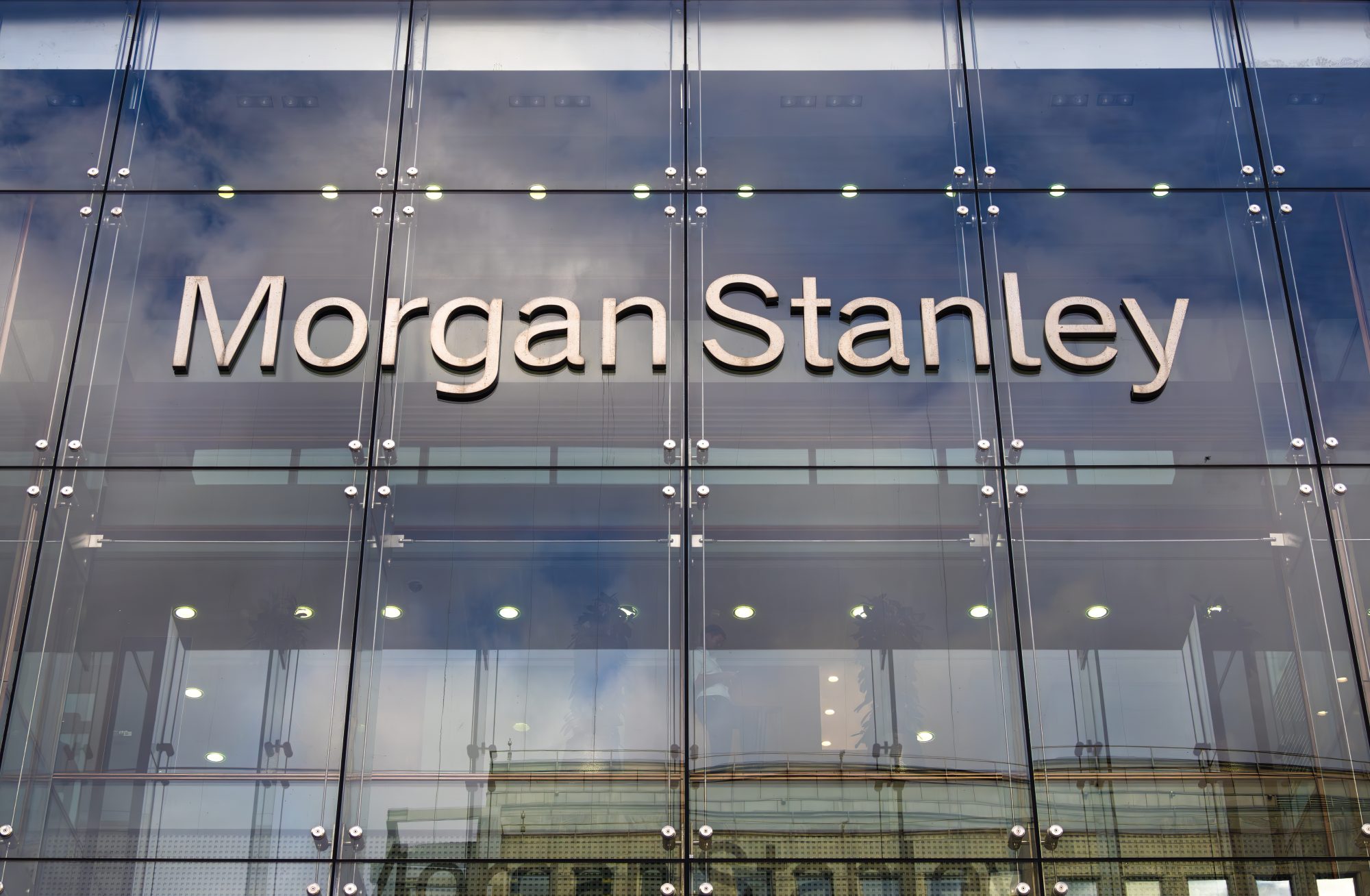David Rosenberg: No U.S. Recession in Sight
By Robert Huebscher
March 4, 2014
Go to page 2, 3, 4, Next
Following a lackluster recovery that began in June 2009, many fear the U.S. is due for another recession, given that the average post-war economic expansion lasted five years. But we’re only in the “fourth or fifth inning of the business cycle,” according to David Rosenberg, who predicts growth in consumer and capital spending – and positive returns for U.S. equities.
“It takes a lot to shock the U.S. economy into a recession,” Rosenberg said. None of the factors that historically triggered a recession – such as a tightening move by the Federal Reserve – are likely over the next two years, according to Rosenberg.
Rosenberg is the chief economist and strategist at Gluskin Sheff, a Toronto-based wealth management firm. Prior to joining the firm in 2009, he was the chief economist at Merrill Lynch. He spoke in Boston on Feb. 27 at a lunch hosted by the Boston Security Analysts Society.
I’ll look at Rosenberg’s bullish U.S. forecast – including why he thinks unemployment data are misunderstood by many – and at his predictions for the equity and bond markets.
Two more years of growth
For Rosenberg, the central question is whether the U.S. economy will relapse into a recession. Once you answer that question, he said, you can debate the direction of the equity and fixed-income markets.
The U.S. economy is incredibly resilient, he said, and he agreed with the adage that a recovery never “dies of old age.” It takes a “negative shock” to start a recession, he said ?- “and those always have the Fed’s thumbprint on them.”
A severe foreign-based shock is unlikely to derail U.S. growth, he said. Rosenberg noted that our economy and markets had good performance following the Asian crisis in 1997.
The U.S. economy endured the “mother of all fiscal shocks” last year, when fiscal policies raised marginal rates on income, dividends, capital gains and payroll taxes. Layered onto that was the sequestration. Collectively, those factors placed a 1.5% drag on GDP growth, a level that occurred only twice in the post-war period – in the 1960 and 1970 – and both times the U.S. went into a recession.
“It’s probably a miracle that we didn’t have a recession last year,” he said.
Forecasting growth is surprisingly easy, though, according to Rosenberg. “The work is already done,” he said. He relies on the Conference Board leading economic indicators (LEIs) – a “hodgepodge” of 10 data points, including building permits, factory workweeks, drillable goods orders, initial jobless claims and the yield curve. When the LEI turns negative, he said, a recession ensues.
Right now, the LEI is increasing 5% year-over-year, he said, and heading upwards.
Go to page 2, 3, 4, Next
Display article as PDF for printing.
Would you like to send this article to a friend?
Remember, if you have a question or comment, send it to [email protected].











